Circuit Breakers

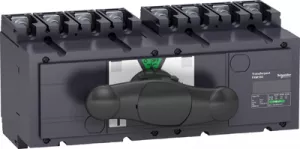
Order No.:
01P3929
Manufacturer SKU:
31145

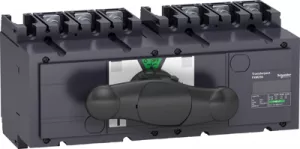
Order No.:
01P3930
Manufacturer SKU:
31146

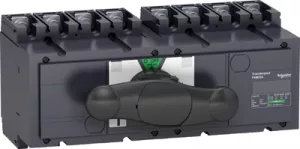
Order No.:
01P3931
Manufacturer SKU:
31147


Order No.:
01P3932
Manufacturer SKU:
31148

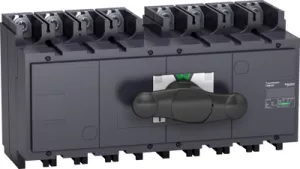
Order No.:
01P3933
Manufacturer SKU:
31149

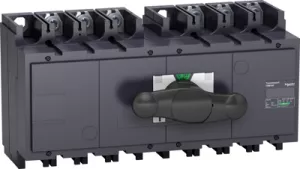
Order No.:
01P3934
Manufacturer SKU:
31150

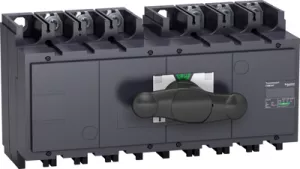
Order No.:
01P3936
Manufacturer SKU:
31152

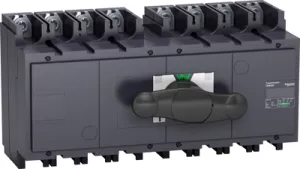
Order No.:
01P3937
Manufacturer SKU:
31153

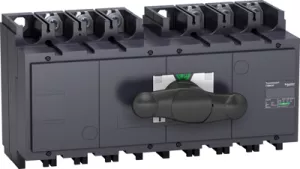
Order No.:
01P3938
Manufacturer SKU:
31154

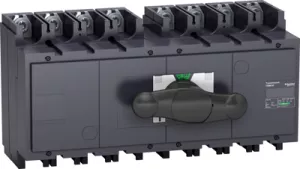
Order No.:
01P3939
Manufacturer SKU:
31155

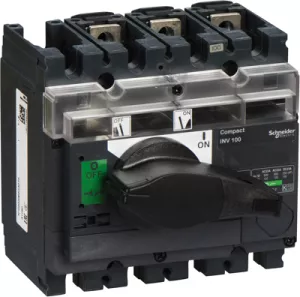
Order No.:
01P3940
Manufacturer SKU:
31160

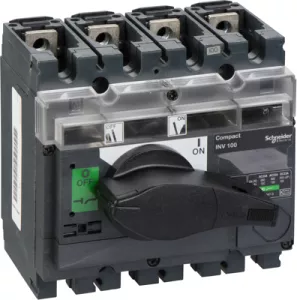
Order No.:
01P3941
Manufacturer SKU:
31161

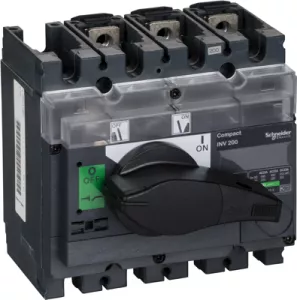
Order No.:
01P3942
Manufacturer SKU:
31162

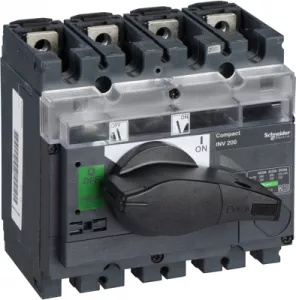
Order No.:
01P3943
Manufacturer SKU:
31163

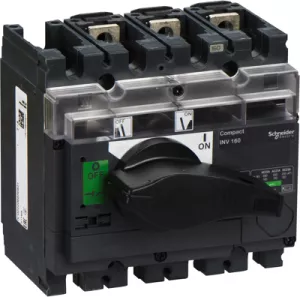
Order No.:
01P3944
Manufacturer SKU:
31164

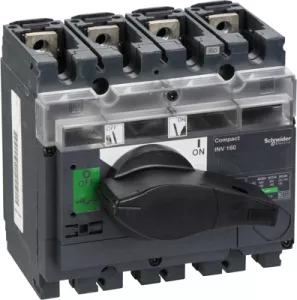
Order No.:
01P3945
Manufacturer SKU:
31165

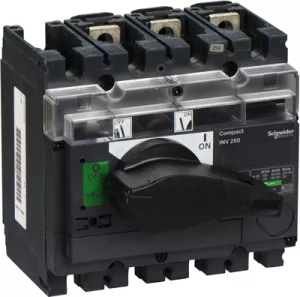
Order No.:
01P3946
Manufacturer SKU:
31166


Order No.:
01P3947
Manufacturer SKU:
31167

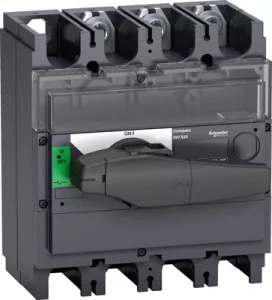
Order No.:
01P3948
Manufacturer SKU:
31168

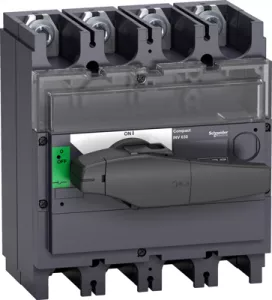
Order No.:
01P3949
Manufacturer SKU:
31169
Safety guaranteed: Functions and advantages of switch-disconnectors
Circuit breakers are used to protect electrical circuits by automatically switching off in the event of an overload or short circuit. They can be switched back on, eliminating the need for one-way fuses. Switch-disconnectors, on the other hand, specialize in safely isolating electrical circuits from the power supply.
Unlike circuit breakers, switch-disconnectors do not perform a protective function, but merely ensure safe isolation as well as prevention of accidental switch-on. Both electromechanical components are indispensable in electrical installations and in the energy sector, with circuit-breakers primarily ensuring the protection of installations, while switch-disconnectors are used for maintenance and repairs.